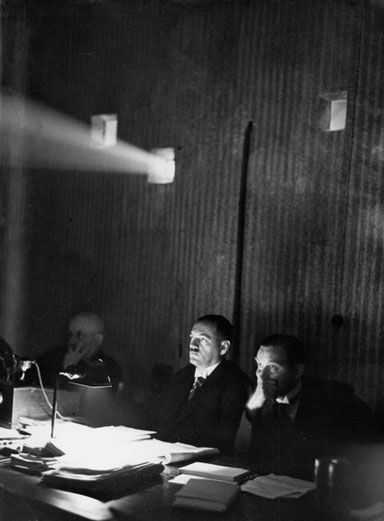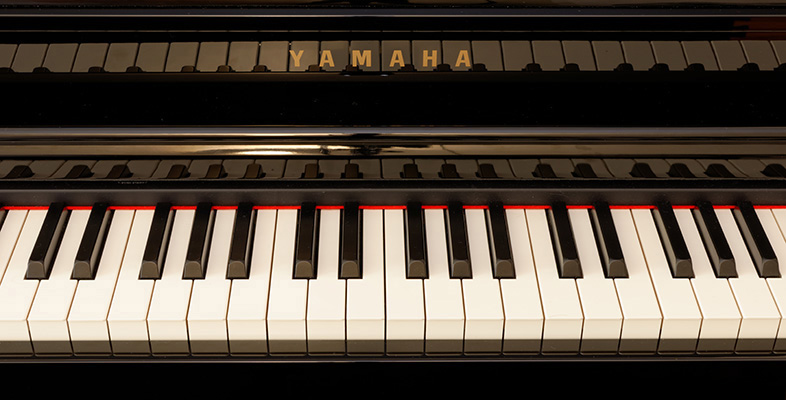Appendix 4 Using film music sources
Ben Winters

In my work as a film music scholar I often face a number of challenges when engaging with a film’s score, not all of which may be apparent to the casual reader when faced with the published outcomes of my research. I want to highlight some of these using examples of my own publications. Usually, music written especially for a film tends not to be published (see Winters, 2007a for a discussion of these issues) and as a result if I want to engage with and discuss the musical content of such a score in an academic publication, I am faced with three options, all of which I have used at some point:
- Option 1. Consult manuscript sources held in archives, and publish extracts from these sources as musical examples in a publication. I did this with my work on Erich Korngold’s score for The Adventures of Robin Hood (Winters, 2007b), but had to gain permission from Warner Bros. to do so (both to access the archive, and to reproduce manuscript sources photographically or re-set music examples in music notation software).
- Option 2. Often, however, it’s not possible or practicable to get hold of such manuscript sources (for many different reasons, including the access policy of copyright holders, and the costs involved in this kind of research). In such cases, I might rely largely on my own written descriptions of the music’s content, augmented with aural transcriptions from the film (see Winters, 2012a, in which I transcribe motifs from John Williams’s score to the 1978 film, Superman: The Movie). I often choose this option when presenting papers at conferences if I particularly want to discuss musical content in a modest amount of depth. In the case of the Superman score, Equinox Press was happy to publish these short motifs without seeking permission from the copyright holder, citing fair dealing under copyright law.
- Option 3. For various copyright or cost reasons, or the timidity of publishers, often it’s simply impossible to include any musical extracts from the score under consideration. As a researcher, I’ve sometimes been forced to present research without any musical examples at all (e.g. Winters, 2014a). Often, of course, such an approach is entirely suitable for the publication’s argument, which may focus on music’s interaction with narrative strategies, rather than any in-depth exploration of the ‘nuts-and-bolts’ of the way the music is constructed.
There are other instances, though, in which the music used in a film may be published already. Sometimes, existing scholarship will present extracts that can be quoted in a new context. This was certainly the case when I engaged closely with Hugo Friedhofer’s score to The Best Years of Our Lives (see Winters, 2012b). I drew on published extracts from this score in Burt, 1994 so that the reader could gain some sense of the style of the score and the music to which it alludes. Alternatively, films may draw on existing published works in the western art music tradition, in which case it becomes relatively easy to quote them as examples, perhaps with added information about the content of the image or dialogue at various points. I adopted this strategy when discussing a scene in Double Indemnity (dir. Billy Wilder, 1944) in which Schubert’s Symphony No. 8 is playing in the background, with the scene functioning almost as an example of nineteenth-century melodrama (see Winters, 2014b, pp. 165–70). I reduced the Schubert extract to piano-score format, and annotated it to give readers a sense of the way in which the musical gestures operated alongside the dialogue heard in the scene:
Extract from Schubert, Symphony No. 8 (reduced to piano-score format), as used in Double Indemnity [Tip: hold Ctrl and click a link to open it in a new tab. (Hide tip)]
In all these cases, the decisions I make about my research questions, methodology, and dissemination of my research may be affected fundamentally by the availability of the sources and the likelihood of copyright problems.
